Danilla Enei, S. et als.
Cir. plást. iberolatinoam. vol.44, no.1. ene./mar. 2018. pp.13-17
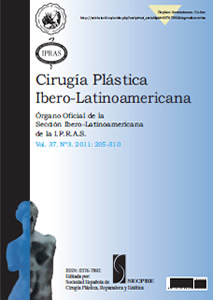
El recto abdominal es un músculo que consta, generalmente, de 3 inserciones tendinosas transversas. La lipoescultura de alta definición apunta a delinear la musculatura abdominal, sin embargo, una de sus dificultades es determinar mediante la anatomía de superficie el número de metámeros presentes.
En este artículo se describieron las variaciones en el número de metámeros del músculo recto del abdomen en la población chilena mediante análisis de tomografía computarizada de abdomen y pelvis, así como se determinó si existe un patrón para la marcación quirúrgica de los metámeros.
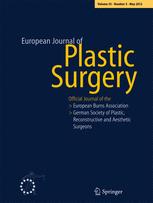 Size of the nose varies in the different parts of the world, and perception of what is the aesthetically acceptable nose shows large differences depending on the ethnic background, type of the society, gender and age. Nose which is generally larger than the average nose in a given society, particularly regarding the height of its nasal bridge, could be defined as a prominent nose.
Size of the nose varies in the different parts of the world, and perception of what is the aesthetically acceptable nose shows large differences depending on the ethnic background, type of the society, gender and age. Nose which is generally larger than the average nose in a given society, particularly regarding the height of its nasal bridge, could be defined as a prominent nose.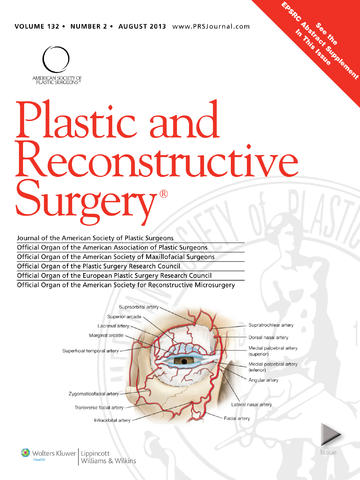 Despite rapid growth, gluteal fat transplantation is an operation in search of science and a teachable technique. Long operating times, tedious syringe transfers, inability to shape the recipient site, and the risk of fat embolism all headline as impediments to clinical adoption of the procedure. Expansion vibration lipofilling is a syringe-free surgical strategy that is a logical extension of Separation, Aspiration, and Fat Equalization (SAFELipo). In expansion vibration lipofilling, there is simultaneous disruption of recipient-site connective tissue, internal expansion using exploded-tip cannulas, and backfilling of these spaces with roller pump–propelled fat.
Despite rapid growth, gluteal fat transplantation is an operation in search of science and a teachable technique. Long operating times, tedious syringe transfers, inability to shape the recipient site, and the risk of fat embolism all headline as impediments to clinical adoption of the procedure. Expansion vibration lipofilling is a syringe-free surgical strategy that is a logical extension of Separation, Aspiration, and Fat Equalization (SAFELipo). In expansion vibration lipofilling, there is simultaneous disruption of recipient-site connective tissue, internal expansion using exploded-tip cannulas, and backfilling of these spaces with roller pump–propelled fat.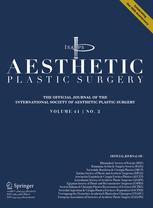 Patients often seek guidance from the aesthetic practitioners regarding treatments to enhance their ‘beauty’. Is there a science behind the art of assessment and if so is it measurable? Through the centuries, this question has challenged scholars, artists and surgeons.
Patients often seek guidance from the aesthetic practitioners regarding treatments to enhance their ‘beauty’. Is there a science behind the art of assessment and if so is it measurable? Through the centuries, this question has challenged scholars, artists and surgeons.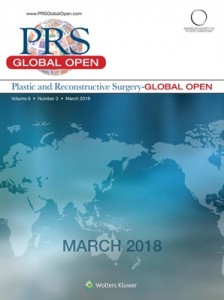 Traditionally, tissue expanders (TEs) for breast reconstruction have been placed beneath the pectoralis major muscle with or without acellular dermal matrix. More recently, full acellular dermal matrix coverage has been described for prepectoral TE placement. Our study aims to explore differences in clinical and quality-of-life (QOL) outcomes for prepectoral versus subpectoral TE breast reconstruction.
Traditionally, tissue expanders (TEs) for breast reconstruction have been placed beneath the pectoralis major muscle with or without acellular dermal matrix. More recently, full acellular dermal matrix coverage has been described for prepectoral TE placement. Our study aims to explore differences in clinical and quality-of-life (QOL) outcomes for prepectoral versus subpectoral TE breast reconstruction.

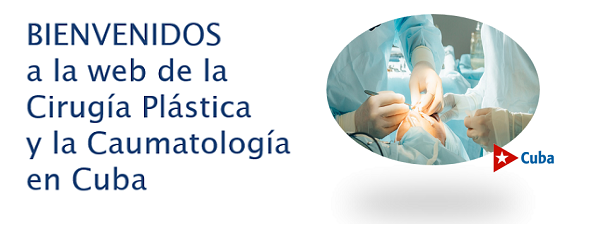
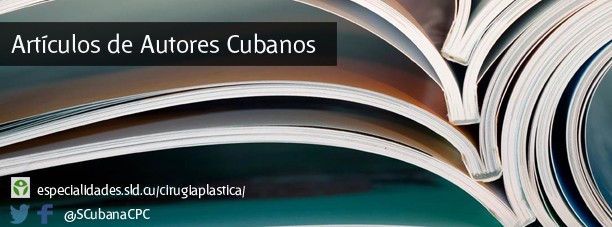
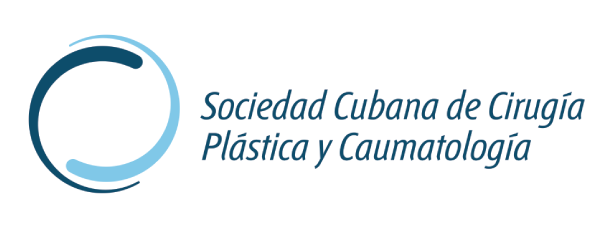
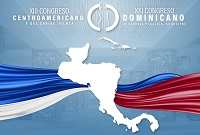
 Sitio web publicado el
Sitio web publicado el
Los lectores comentan